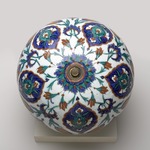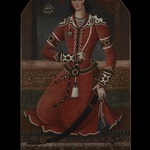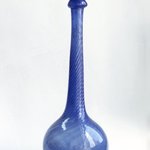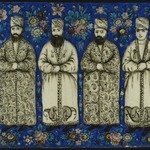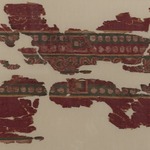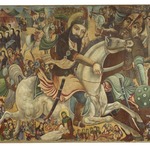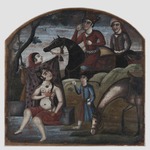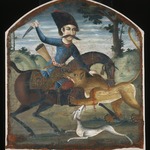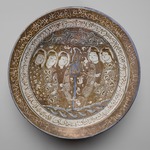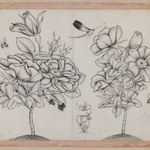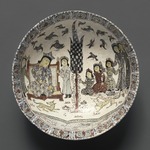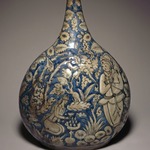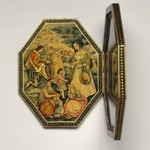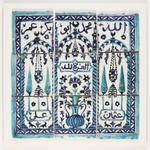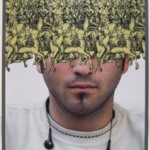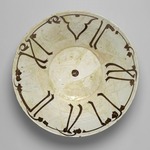Collection: Arts of the Islamic World
HIGHLIGHTS
FULL COLLECTION
COLLECTION HISTORY
Our collection of Islamic art includes about two thousand objects that span thirteen centuries and represent a variety of cultures from around the world, from Spain to India and Central Asia to North Africa. Building upon the initial holdings established by Brooklyn Museum curator Stewart Culin (1858–1929) in the early decades of the twentieth century, the collection has continued to expand from acquisitions and gifts, most notably through the generosity of curator Charles K. Wilkinson (1897–1974) and of the Ernest Erickson Foundation.
Particular strengths of the Islamic collection include medieval ceramics and tilework from Iran (ninth through fifteenth centuries); Ottoman Turkish carpets, textiles, and manuscripts; the arts of Safavid and Qajar Iran, including miniatures, oil painting, calligraphy, ceramics, lacquerwork, carpets, textiles, and costumes (sixteenth through twentieth centuries); and North African and Turkoman textiles, costumes, and jewelry (nineteenth and twentieth centuries). Our holdings of Qajar art constitute one of the world's preeminent collections outside of Iran.
Particular strengths of the Islamic collection include medieval ceramics and tilework from Iran (ninth through fifteenth centuries); Ottoman Turkish carpets, textiles, and manuscripts; the arts of Safavid and Qajar Iran, including miniatures, oil painting, calligraphy, ceramics, lacquerwork, carpets, textiles, and costumes (sixteenth through twentieth centuries); and North African and Turkoman textiles, costumes, and jewelry (nineteenth and twentieth centuries). Our holdings of Qajar art constitute one of the world's preeminent collections outside of Iran.
